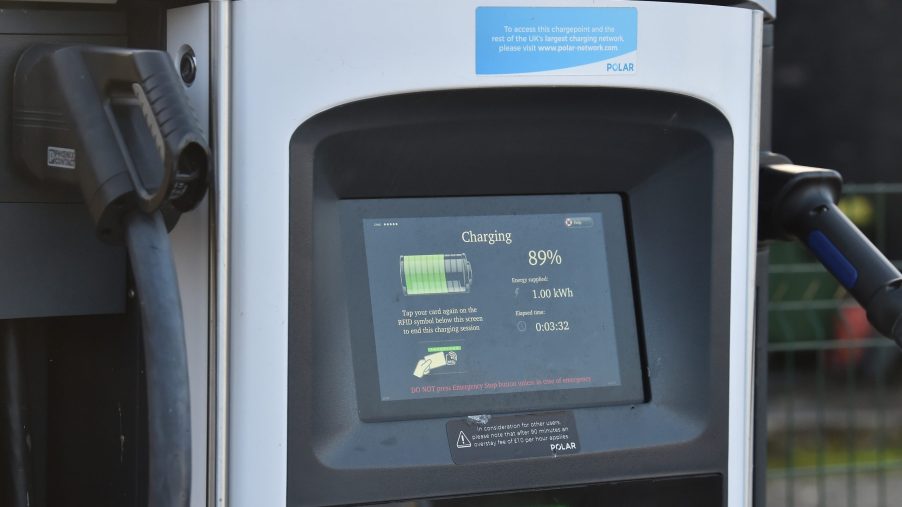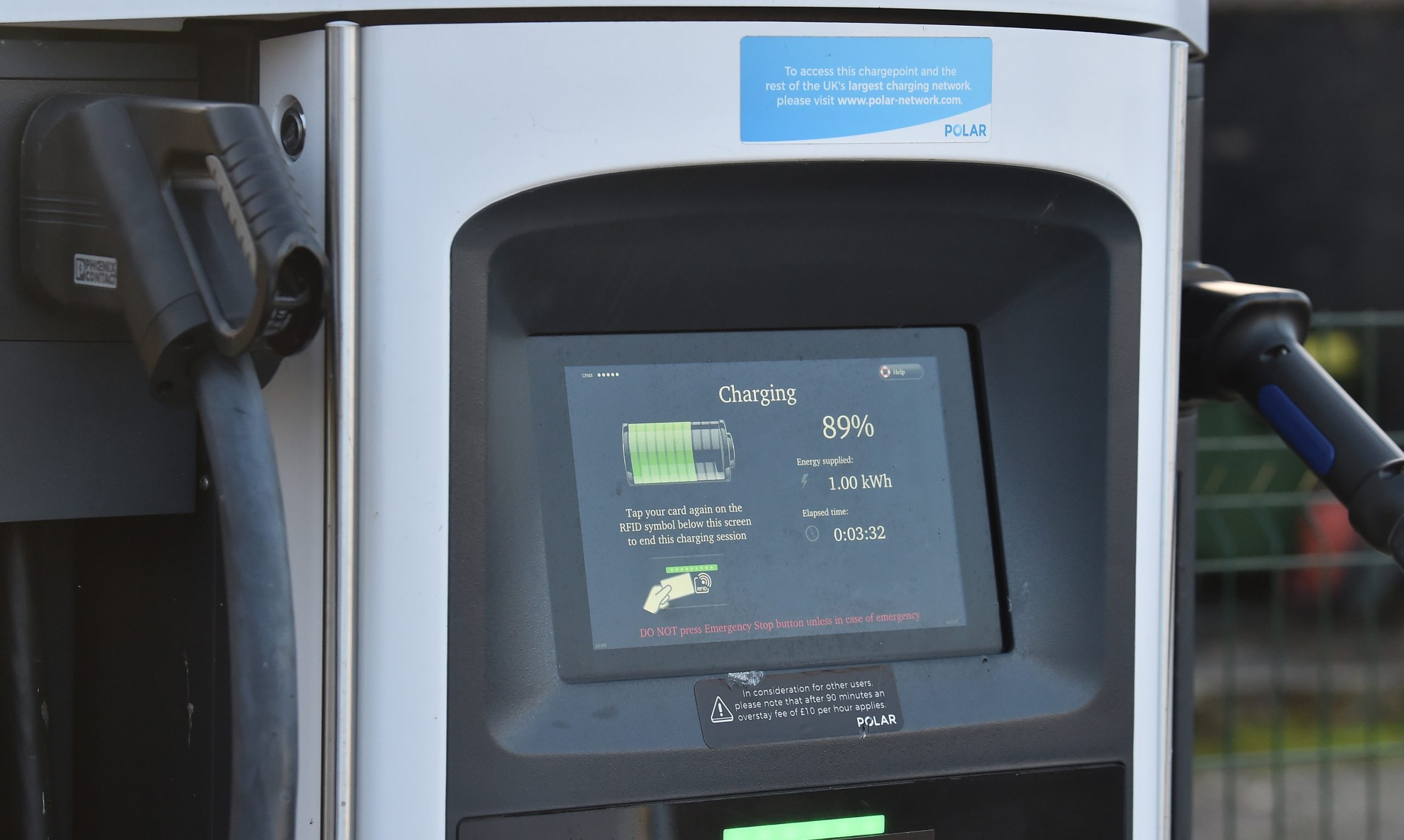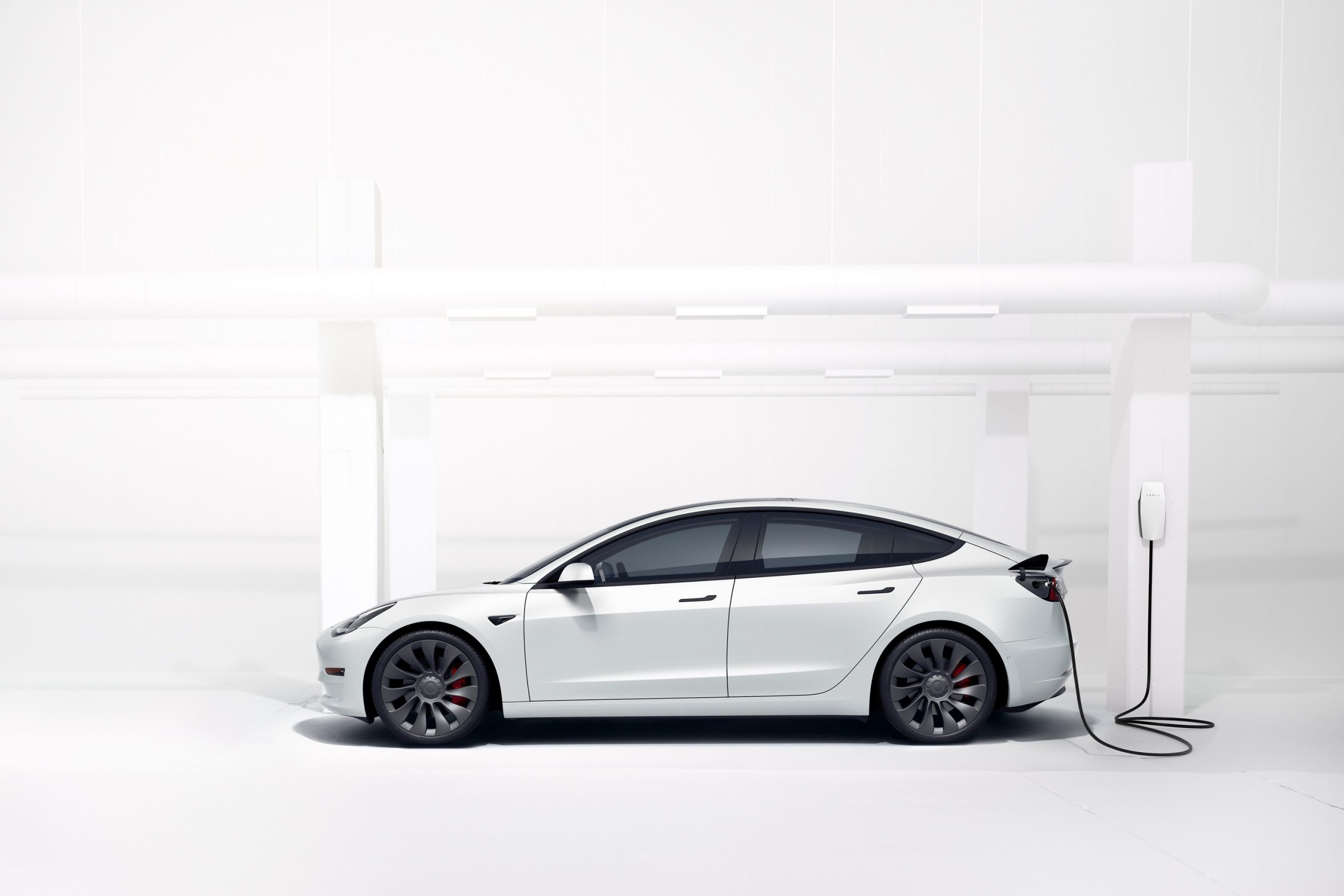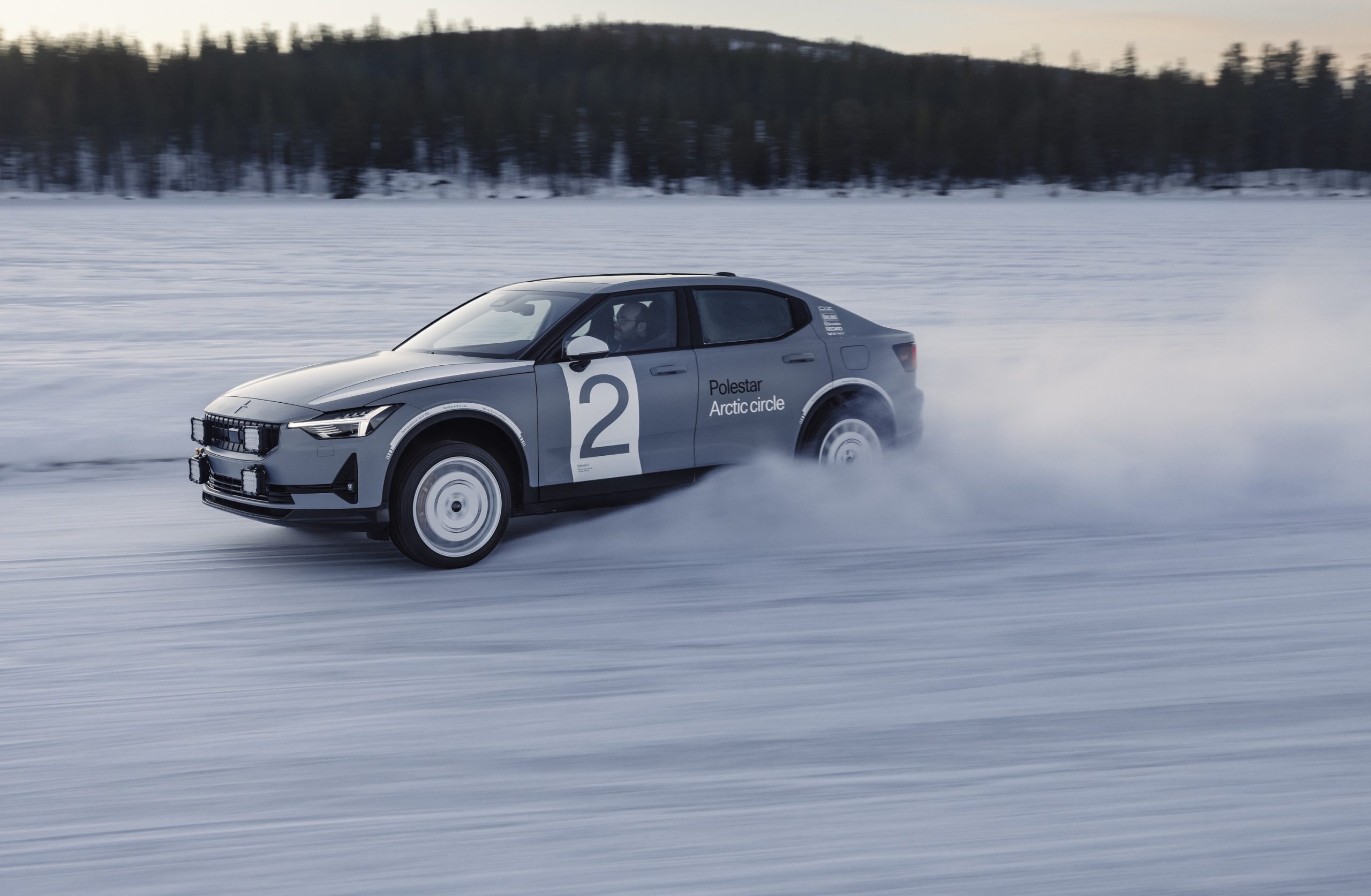
Does It Matter if Your EV Has Less Range in Cold Weather?
- Consumer Reports says EVs can lose up to 20% of their range in winter
- Climate controls often eat a large chunk of electric car’s range
- Many EVs have settings to help mitigate the loss of range
I’m not sure where this “EVs bad in cold” dialogue got started. Next to range anxiety, it’s rapidly become one of the prime considerations among buyers of cars from the Volkswagen ID.4 to the Tesla Model 3. So, let’s address it. Should buyers of electric cars be worried about losing precious miles for half the year? Do you need to move to sunny Los Angeles, buy an NFT and say a prayer to Daddy Musk to prevent it? Or is it all a bit overblown?

Why Do EVs Have Less Range When It’s Cold Out?
Let’s talk about why EVs lose range in the cold first. According to Consumer Reports, battery chemistry is affected by temperature, and a lot of the drain comes from keeping you warm. Unfortunately, we’re all bags of flesh with an operating temperature, and your car should probably keep you there so you can drive it. CR states that the cold can affect an electric vehicle’s range by “up to 20%.”
For now, let’s assume that’s the worst-case. For example, it’s -1F out. Running the heater, heated seats, and defroster all eat into your range. When you compound that with the slightly altered battery chemistry from the cold, you lose range. Consumer Reports says this effect becomes truly noticeable below 20 degrees. Thankfully, the good news is that OEMs know this just as well as you and I do. As a result, EVs are often tested in sub-zero climates to measure the effects.
Should you care about less electric car range in winter?

Let’s put that information into hard numbers. We’ll use the Tesla Model 3’s range figures as a benchmark. Again, we need to assume a worst-case. That means a 20% loss in EV range below freezing temps. The Tesla Model 3 has a claimed range of 272 miles. Multiply that number by .2 (for 20%) and subtract from 272, for those following along at home. The number we get is 217.6 miles of guilt-free, heated seat range.
So, is losing EV range in winter weather a big deal? That’s wholly dependent on your access to charging networks. Tesla’s Supercharger network is one of the best and most expansive, so the Model 3 owner may not have an issue. It also goes without saying that the smaller your EV’s battery, the bigger the hit.
Most EVs have a way around cold weather range dips

Thankfully, as I said above, OEMs know about this. Just look at Polestar ripping a Polestar 2 through the Arctic Circle. EVs like the Polestar 2 and Mustang Mach E have ways of cutting down on the effects. For example, both have “eco” climate control settings to help save battery. All in all, a 20% dip in range isn’t really anything to worry about. Just make sure you charge your EV before you leave work or home and you’ll make it through winter just fine.


